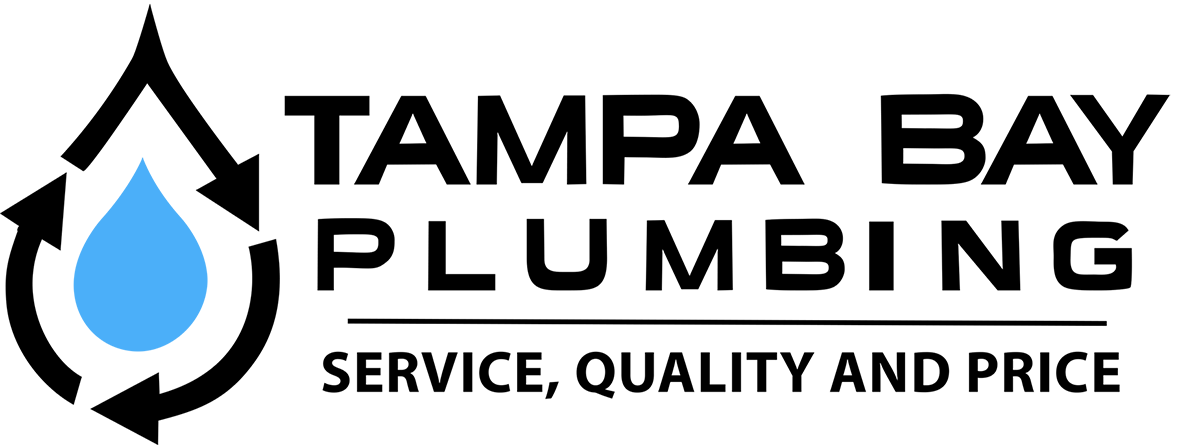Sewer and drain cleaning is an essential aspect of plumbing maintenance, ensuring the efficient flow of wastewater and preventing potential issues like blockages and backups. While it is a routine task for many plumbing professionals, it comes with inherent hazards that demand careful consideration and adherence to safety protocols. In this comprehensive guide, Tampa Bay Plumber delves into the seven major hazards associated with sewer and drain cleaning, offering insights into the risks involved and emphasizing the importance of safety measures to protect both plumbers and homeowners.
Exposure to Harmful Chemicals and Substances
One of the primary hazards in sewer and drain cleaning is the exposure to harmful chemicals and substances. Tampa Bay Plumber highlights the common use of chemical drain cleaners containing corrosive ingredients. Plumbers face the risk of skin and eye contact, inhalation, and accidental ingestion when handling these substances. The guide emphasizes the importance of using personal protective equipment (PPE), such as gloves and goggles, to minimize the risk of chemical exposure. Additionally, it encourages professionals to opt for environmentally friendly and non-corrosive alternatives whenever possible.
Biological Hazards and Contaminants
Sewer and drain systems often harbor harmful bacteria, viruses, and other biological contaminants. Tampa Bay Plumber explores the risk of exposure to these biological hazards, particularly in situations where sewer backups or blockages have occurred. The guide stresses the importance of wearing appropriate PPE, including masks and protective clothing, to minimize the risk of inhalation or contact with harmful microorganisms. Additionally, it advocates for thorough sanitation practices after completing sewer and drain cleaning tasks to prevent the spread of contaminants.
Physical Hazards: Slips, Trips, and Falls
The nature of sewer and drain cleaning often involves working in confined and sometimes slippery spaces. Tampa Bay Plumber addresses the physical hazards associated with slips, trips, and falls during sewer and drain maintenance. The guide recommends the use of non-slip footwear, proper lighting, and maintaining a clutter-free work area to reduce the risk of accidents. Additionally, it emphasizes the need for caution when working around wet surfaces and uneven terrain, fostering a safety-first approach to prevent injuries.
Exposure to Noxious Gases
Sewer systems can produce noxious gases such as hydrogen sulfide, methane, and ammonia. Tampa Bay Plumber discusses the dangers of exposure to these gases, which can lead to respiratory issues, dizziness, and even asphyxiation in extreme cases. The guide underscores the importance of proper ventilation when working in confined spaces and the use of gas detectors to monitor gas levels. Plumbers are encouraged to wear respiratory protection, such as masks with appropriate filters, to mitigate the risk of inhaling harmful gases.
Mechanical Hazards from Equipment
The use of mechanical equipment in sewer and drain cleaning introduces the risk of injuries from moving parts, entanglement, and sudden releases of pressure. Tampa Bay Plumber explores the mechanical hazards associated with tools such as drain snakes, augers, and high-pressure water jetters. The guide emphasizes the need for thorough training in equipment operation and the importance of wearing appropriate PPE, such as gloves and safety glasses. Regular equipment maintenance and inspection are also highlighted to ensure that tools are in optimal working condition, reducing the risk of malfunctions.
Structural Hazards in Sewer Systems
Sewer systems can present structural hazards such as collapsing pipes, unstable foundations, and weakened structures. Tampa Bay Plumber discusses the risks associated with working in deteriorated or compromised sewer infrastructures. The guide advocates for a cautious approach, including the use of trench boxes and shoring systems to prevent cave-ins during excavation work. Plumbers are encouraged to conduct thorough site assessments and seek professional engineering evaluations when dealing with potentially unstable sewer structures.
Electrical Hazards
Sewer and drain cleaning often involve working in environments where electrical components may be present, posing a risk of electric shock or electrocution. Tampa Bay Plumber addresses the electrical hazards associated with pumps, control panels, and other equipment used in the process. The guide underscores the importance of turning off power sources before conducting any work on electrical components, using ground fault circuit interrupters (GFCIs), and avoiding contact with water while operating electrical equipment. Proper training on electrical safety protocols is highlighted to reduce the risk of accidents.
Prioritizing Safety in Sewer and Drain Cleaning
In conclusion, Tampa Bay Plumber’s comprehensive guide underscores the importance of prioritizing safety when engaging in sewer and drain cleaning activities. The seven major hazards discussed – exposure to harmful chemicals, biological contaminants, physical risks, noxious gases, mechanical hazards, structural dangers, and electrical risks – highlight the multifaceted nature of potential dangers in this field. By understanding these hazards and implementing strict safety measures, plumbing professionals can ensure a secure working environment and minimize the risks associated with sewer and drain cleaning, contributing to a safer and more efficient plumbing industry.
FAQ
Q. What are the hazards of sewer?
Sewer hazards include water contamination with harmful microorganisms, potential spread of waterborne diseases, and the release of toxic airborne gases. Aging sewer infrastructure may contribute to structural damage and leaks. Proper maintenance is crucial to prevent health and environmental risks.
Q. What are the hazards of drainage system?
- Poorly designed drainage systems can lead to flooding, causing property damage and waterborne diseases.
- Inadequate drainage may erode soil, compromising infrastructure foundations and stability.
- Improper disposal of pollutants through drainage can contaminate water sources, posing environmental and health risks.
Q. What type of hazard is drain cleaner?
Drain cleaner is a corrosive hazard, containing strong chemicals that can cause severe burns on contact with skin or eyes. Ingestion or inhalation can lead to internal damage. Always handle with caution and follow safety instructions when using drain cleaners.
Q. What are the safety precautions for drain cleaners?
- Always wear protective gear, including gloves and safety goggles, when using drain cleaners.
- Keep the area well-ventilated to avoid inhaling fumes, and never mix different types of drain cleaners.
- Follow the product instructions carefully, and store drain cleaners out of reach of children to prevent accidents.
